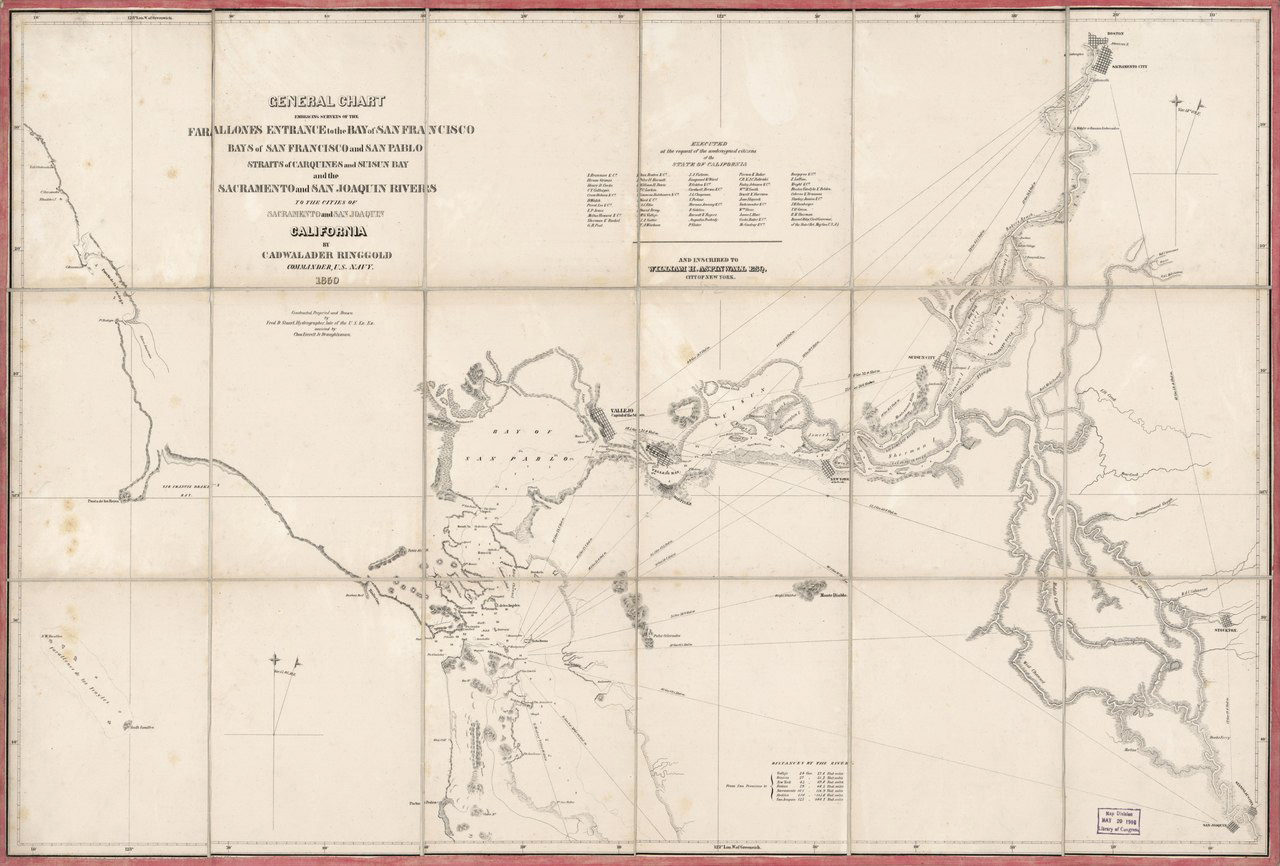For better and worse, the upper reach of the Pilarcitos watershed on the Peninsula was dammed to supply water to San Francisco in the 1860s. The surrounding land has been protected and kept off-limits to the public ever since, allowing rare species to thrive here. That includes the marbled murrelet, which nests only in old-growth conifers, such as Douglas fir. But the dam and other impacts also leave less water in the creek for oceangoing steelhead. Now, a diverse group of stakeholders has come together to chart a brighter future for the fish and the creek.
-150x150.jpg)



-150x150.jpg)
-150x150.jpg)
-150x150.jpg)
-150x150.jpg)
-150x150.jpg)
-150x150.jpg)
-150x150.jpg)
-150x150.jpg)